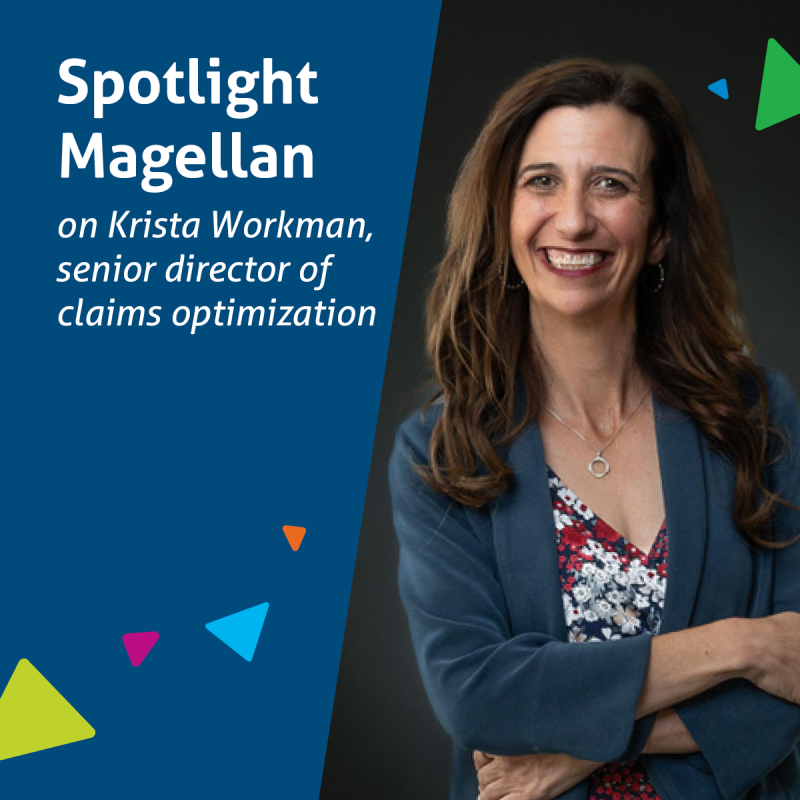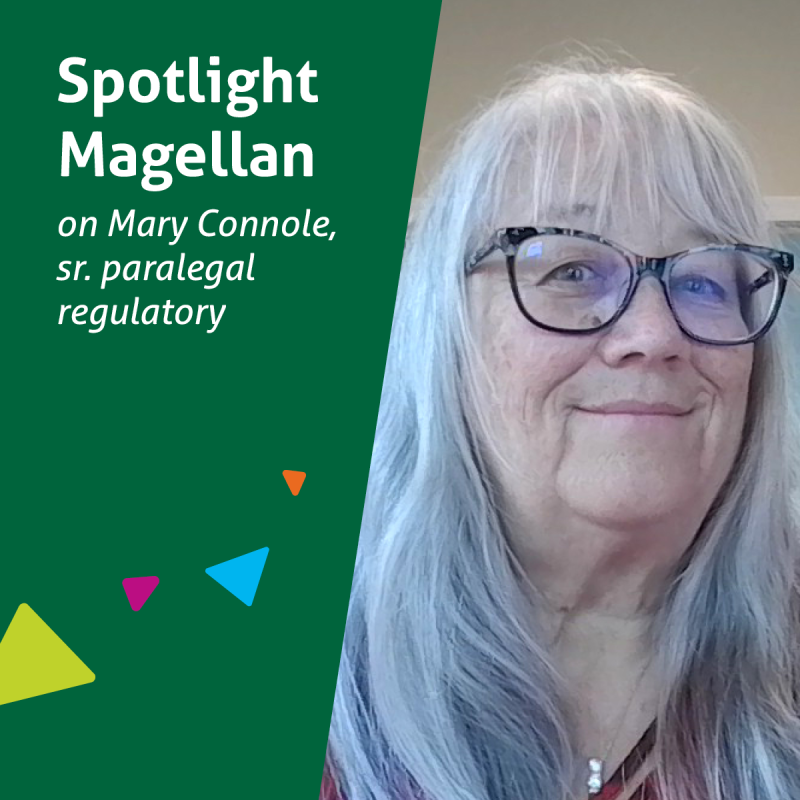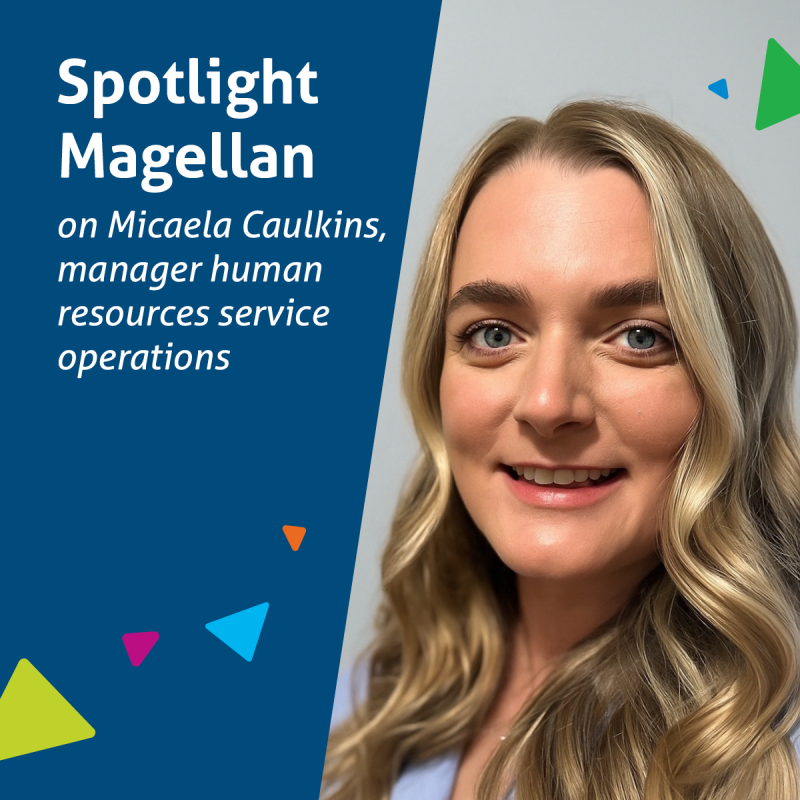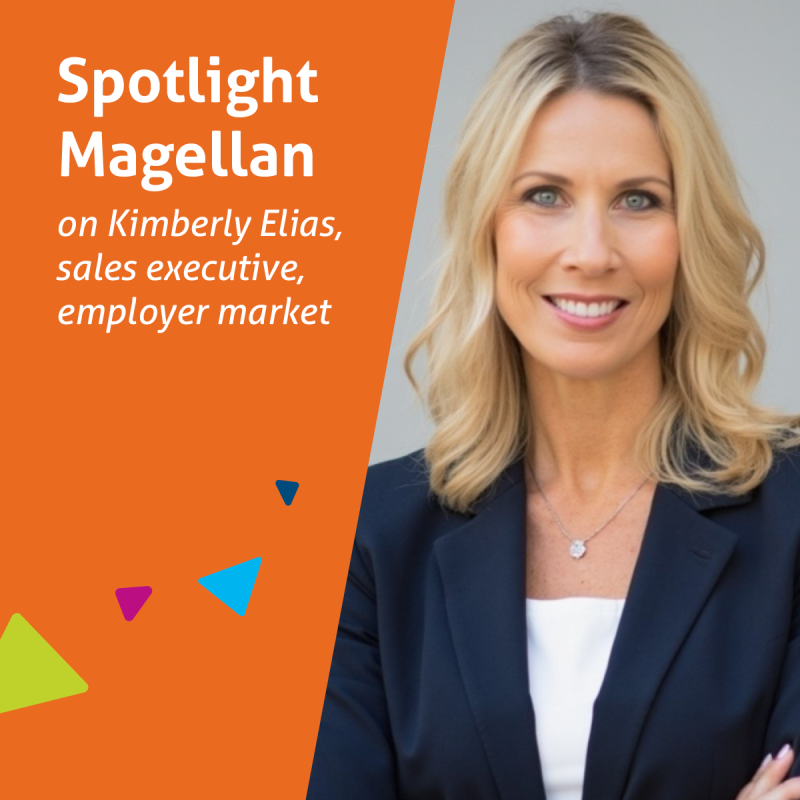November is National Caregivers Month—a time to shine a spotlight on the millions of family caregivers who quietly, tirelessly care for the people they love. Whether it’s an aging parent, a spouse navigating a chronic illness, or a child with special needs, these dedicated individuals are the backbone of our healthcare system. And chances are, you know one. You might even be one.
The Caregiving Landscape: You’re Not Alone
Here’s a number that might surprise you: more than 63 million adults in the United States are family caregivers. That’s right—one in four Americans. Even more striking, one in three caregivers is under 50, juggling care responsibilities alongside careers, kids, and all of life’s other demands.
If you’re caring for someone, know this: you’re part of an enormous community, and your role is both vital and valued.
For many people, caregiving doesn’t come with advance notice. It arrives suddenly—after a phone call about a parent’s fall, a devastating diagnosis, or a medical crisis that turns life upside down. And while the love that drives caregiving is immeasurable, the challenges are very real.
The truth is that caregiving takes a toll. Between disrupted sleep, constant worry, physical demands and the emotional burden, it’s no wonder caregivers often put their own health on the back burner. Many cut back their work hours or leave their jobs entirely, sacrificing income and retirement savings. The average caregiver spends 26 hours per week providing care—and many give far more.
A Window Into One Family’s Journey
A co-worker shared this story with me. Her brother-in-law has lived with ALS for a decade. Today, he uses a wheelchair and needs assistance with everything—eating, bathing, dressing and even using the restroom. Her sister-in-law left her career to become his full-time caregiver, and while her love and commitment never waver, the exhaustion is constant. Add to that her own heart condition, and you begin to understand the weight she carries every single day.
Her story isn’t unique. It’s one of millions. And it’s taught me that while caregivers are incredibly strong, they shouldn’t have to do it alone.
Why Employers Should Care (and Many Already Do)
If you’re an employer wondering whether caregiver support matters, here’s your answer: absolutely. Supporting caregiving employees isn’t just the right thing to do—it’s smart business. When caregivers feel seen and supported at work, they’re more engaged, productive and loyal. Companies that embrace caregiver-friendly policies enjoy lower turnover and stronger morale.
Progressive workplaces are already stepping up with flexible schedules, remote work options, paid family leave and backup care services. But there’s another powerful resource that many employees don’t even know they have: their Employee Assistance Program.
Your EAP: The Support System You Didn’t Know You Had
Think your EAP is just for mental health counseling? Think again. If your company offers an EAP, you have access to a treasure trove of resources designed specifically for caregivers. Here’s what’s often available:
- Educational Resources and Expert Guidance
Your EAP can connect you with information about aging, chronic conditions, disability services and caregiving strategies. They can help you decode medical jargon, understand treatment options and prepare the right questions for healthcare providers.
- Care Coordination Made Simpler
Need to find a home health aide? Searching for adult day care or nursing facilities? Your EAP can provide referrals and help you navigate the overwhelming process of researching and evaluating care options in your area.
- Legal and Financial Consultations
Many EAPs offer access to attorneys who can assist with power of attorney, healthcare directives, guardianship and estate planning. Financial consultants can help you make sense of Medicare, Medicaid and long-term care insurance—topics that can feel impossibly complex.
- Emotional Support When You Need It Most
Caregiving comes with complicated emotions: grief, guilt, stress and sometimes resentment. EAP counseling services provide a safe space to process these feelings.
- Personalized Care Planning
Some EAPs go even further, offering care consultants who can help you evaluate options, address home safety concerns and develop a comprehensive support plan tailored to your situation.
The best part? EAP services are confidential, free to you, and available without your manager’s approval. Using them won’t impact your job; it will only help you navigate one of life’s toughest challenges.
Take Action This November
National Caregivers Month is the perfect time to step up—whether you’re a caregiver, work with caregivers, or employ them:
- If you’re a caregiver: Don’t wait until you’re at your breaking point. Reach out to your EAP today. Explore what resources are available. Think of it as building your support network before you desperately need it. You deserve help, and it’s already there for you.
- If you’re a friend or colleague: Check in with the caregivers in your life—not with a vague “let me know if you need anything,” but with specific offers. Bring a meal. Offer to sit with their loved one for an hour. Just listen. Small gestures make a profound difference.
- If you’re an employer: Review your caregiver support policies. Are you promoting your EAP effectively? Many employees have no idea what’s available to them. Consider hosting an information session this month focused specifically on caregiving resources. Make it easy for employees to find help.
A Call to Action
Caregivers give so much—often sacrificing their own health, finances and peace of mind to care for those they love. This November, let’s commit to seeing them, truly supporting them, and ensuring they know about the resources that can lighten their load.
If you have an EAP, find out what caregiving support it offers. Visit your company’s HR portal, send a quick email, or make a phone call. That one small action could transform an overwhelming situation into something more manageable.
Remember this: Asking for help isn’t a weakness. It’s wisdom. It’s self-care. It’s what allows you to keep showing up for the person you love.
Let’s honor our caregivers not just with words, but with action.
Source: AARP






